With the rise of DIY home improvement videos on YouTube, many people feel empowered to take on projects they might otherwise leave to professionals. While some tutorials provide great advice and helpful tips, others can lead to costly mistakes and home damage. From improper installations to safety hazards, these DIY fails can be more than just inconvenient—they can be downright dangerous. Here are some common DIY projects that could end up ruining your home, based on YouTube tutorials that are best avoided.
Shoddy Tile Installation
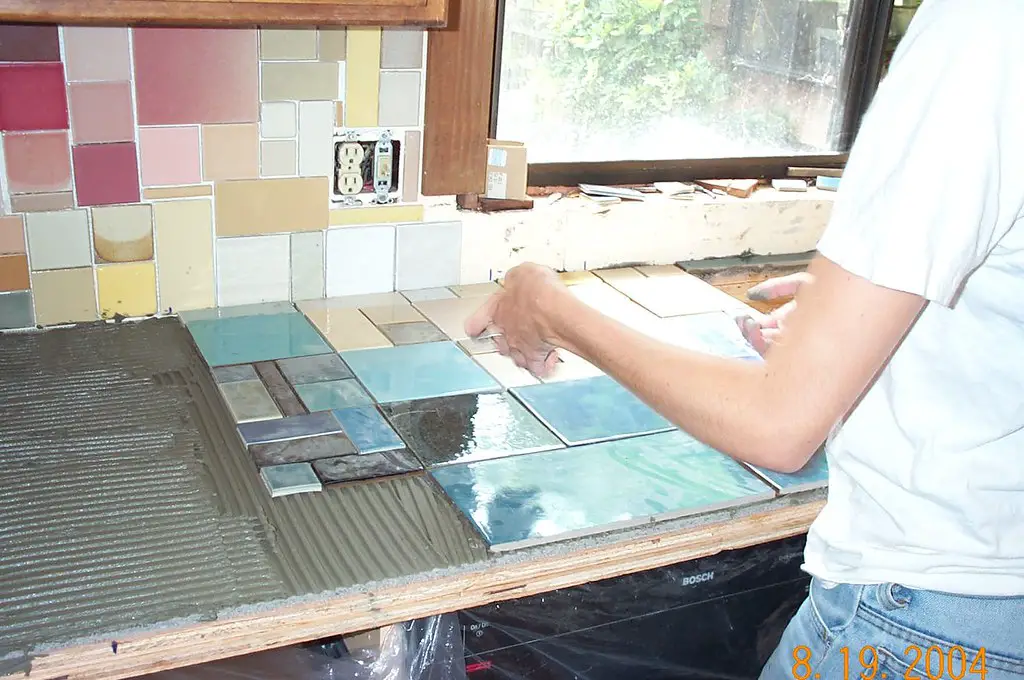
It might seem easy to lay your own tiles after watching a YouTube tutorial, but improperly installing them can cause huge problems down the line. Many DIY videos simplify the process of measuring and cutting tiles, which leads to poor alignment and uneven surfaces. Over time, grout can crack and tiles may loosen or shift, creating a messy and unsafe environment. Professional tile installers use precise measurements and proper adhesives to ensure that your floors and walls stay intact for years.
Even if you follow a step-by-step guide, there’s a significant risk of making mistakes that might not be visible at first but will affect the longevity of your installation. A simple search on YouTube can show countless DIY tile fails where the floor needs to be completely redone. If you want your tile work to last, it’s best to leave it to experts who can avoid common pitfalls.
DIY Electrical Work
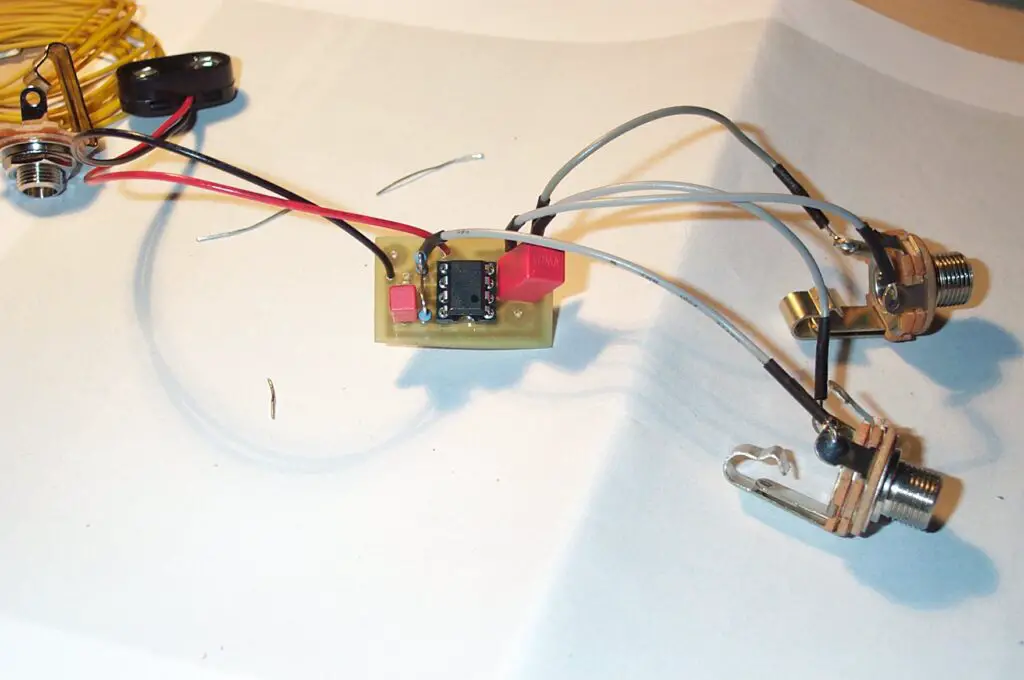
One of the most dangerous DIY projects you could attempt is electrical work. While YouTube videos may show you how to change out a light fixture or install a new outlet, improper handling of electrical wiring can cause shorts, fires, or even electrocution. Many DIYers don’t follow proper safety precautions, leading to damage to your home’s wiring system. Even seemingly simple tasks can go wrong if you don’t have a solid understanding of electrical systems.
Watching a YouTube tutorial does not replace the expertise of a licensed electrician who can spot hidden issues or ensure that all safety measures are in place. Electrical work can be especially tricky, as incorrect installation can create electrical hazards that are hard to detect until it’s too late. It’s always best to consult a professional before making any changes to your home’s electrical system.
Overzealous Wallpaper Removal
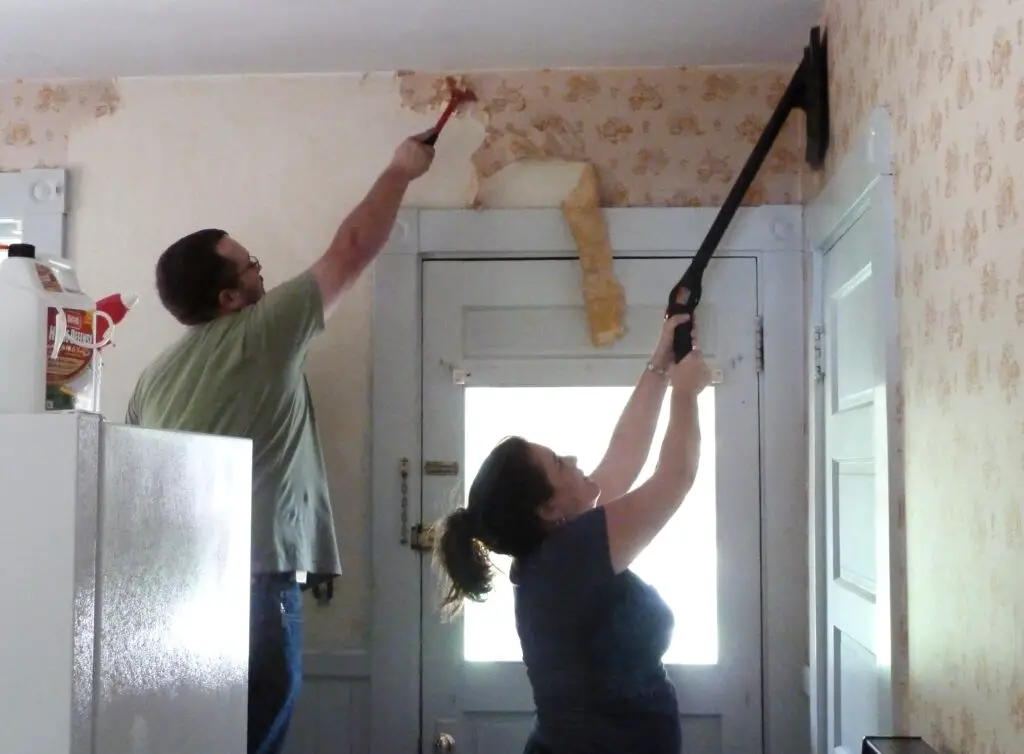
Peeling off old wallpaper may seem like an easy task with all the right tools shown in YouTube tutorials, but many DIYers make the mistake of rushing through the process. Without following the correct methods, you can end up damaging the drywall underneath, causing costly repairs. Removing wallpaper improperly can pull off paint, leave adhesive residue, or tear up your drywall, which means you’ll have to redo the entire wall.
YouTube videos may not show you the delicate steps involved in successfully removing wallpaper without damage. Simply soaking the paper and scraping it off often isn’t enough; you need to use the proper technique and adhesive remover to avoid issues. If you’re not careful, you could end up spending more money fixing the wall than you would have by hiring a professional to handle the job.
Poorly Done Plumbing Fixes
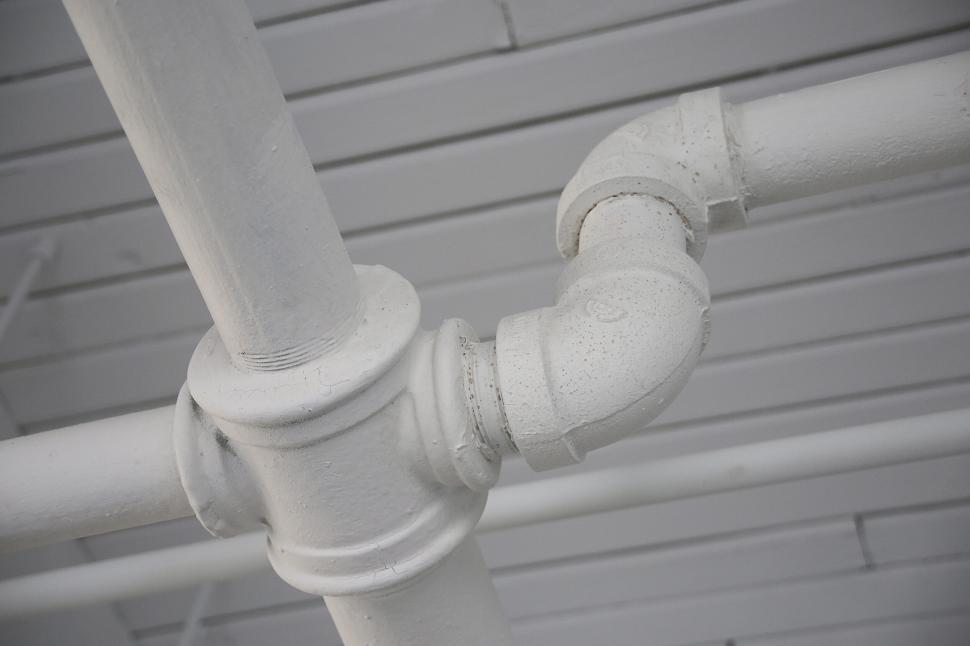
Plumbing is another area where DIY can go terribly wrong, often with disastrous results. Whether it’s fixing a leaky faucet or installing a new showerhead, many YouTube videos gloss over the importance of proper sealing or understanding pipe alignment. This can result in leaks that damage your floors and walls or, worse, lead to a major plumbing catastrophe. Incorrect installation of plumbing fixtures can also cause water pressure problems or mold growth.
Even a small mistake in sealing or installation can lead to larger, more expensive problems down the road, as plumbing systems are connected to other parts of the home. YouTube tutorials don’t show the complications that arise if you’ve missed a small step or done something improperly. Unless you’re well-versed in plumbing, it’s safer to leave it to the professionals to avoid costly water damage or the need for full replacements.
Painting Without Proper Prep
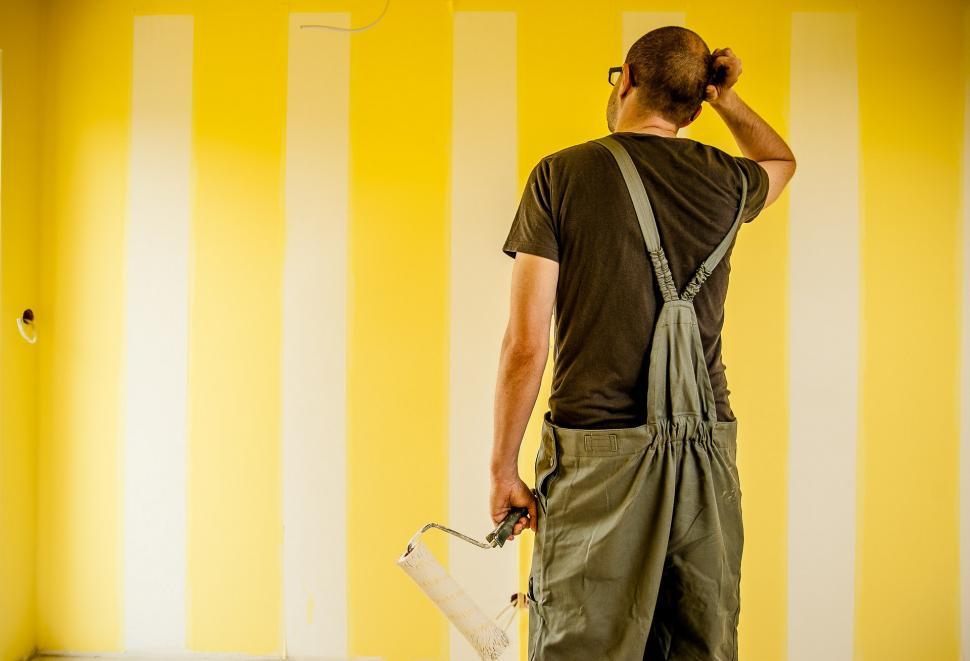
Painting your walls can be one of the most satisfying and rewarding DIY projects, but many YouTube tutorials skip over the importance of preparation. Skipping surface cleaning, priming, or proper taping can result in uneven application or drips that are hard to fix. While it might look easy to slap on a coat of paint, doing it without proper prep can lead to peeling, streaks, and even staining in the future. You can’t just watch a video, grab a brush, and go.
Even if you get the application right, failing to do the prep work first can cause the paint to peel or fade much sooner than you expect. YouTube videos often make it look like all you need is a little bit of paint and a roller, but the right prep can mean the difference between a flawless finish and a long-term mess. Skipping steps can be tempting, but it’s important to take your time and make sure the surface is ready for the best possible outcome.
Incorrect Door Installation
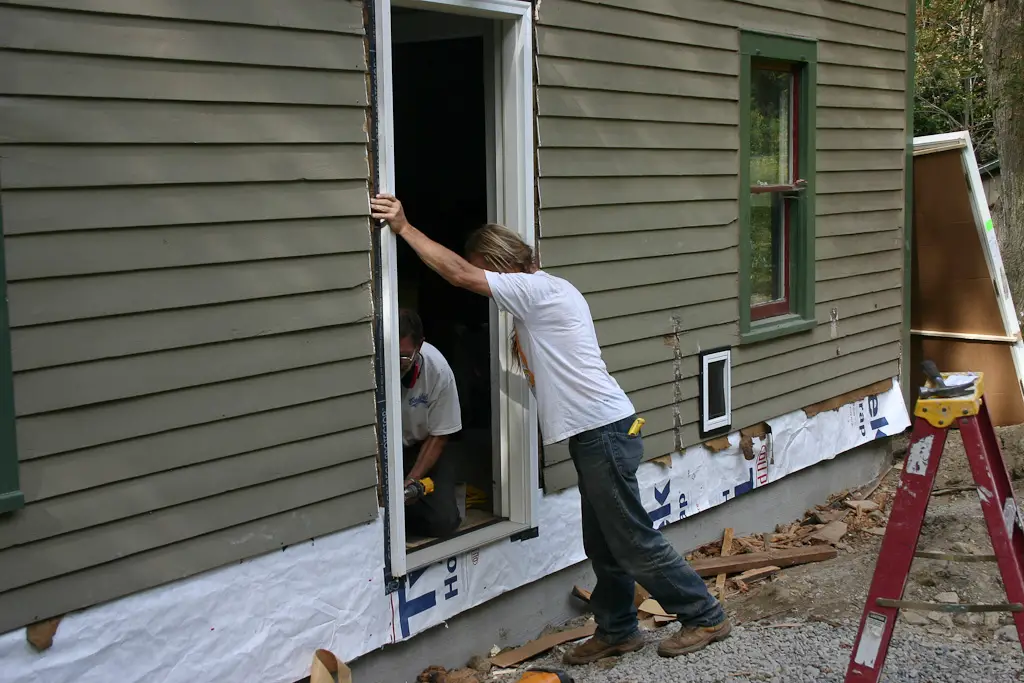
While installing a new door seems like a project many can tackle, improper installation is a common DIY fail. YouTube tutorials often show shortcuts in terms of measuring and installing the door frame, leading to gaps and poor alignment. If your door isn’t level or properly secured, it can swing awkwardly, not close fully, or even affect your home’s security. Additionally, poor installation can also result in gaps that let drafts in, raising your energy costs.
Many DIYers underestimate the amount of precision involved in installing doors, especially when it comes to framing and fitting. A door that isn’t installed correctly can lead to bigger issues, such as damaged walls or difficulty in using the door over time. Professional installation ensures that everything fits snugly and operates smoothly for years.
Overuse of Power Tools
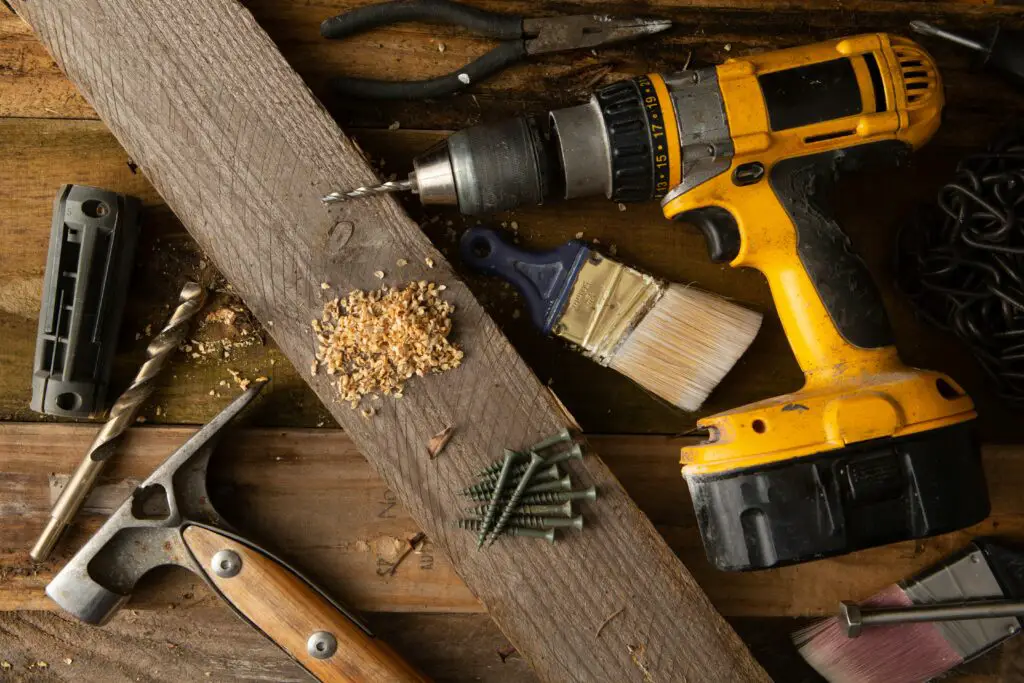
Power tools are often featured prominently in YouTube DIY tutorials, but using them without proper training or safety precautions can result in serious injuries. Many DIYers overestimate their ability to handle dangerous tools like saws, drills, or sanders, often causing accidents that could have been avoided with more caution. These tools can cause injuries or damage to your home if they are used incorrectly or too forcefully. Without proper knowledge, using power tools can be hazardous both to yourself and the materials you’re working with.
Even with instructional videos, operating power tools improperly can lead to catastrophic damage or even severe injuries. Whether it’s cutting corners or not using the right tool for the job, using power tools in ways they weren’t designed for can compromise your safety. It’s crucial to read manuals and practice safety first before attempting DIY projects that require the use of power tools.
Faulty Flooring Installation
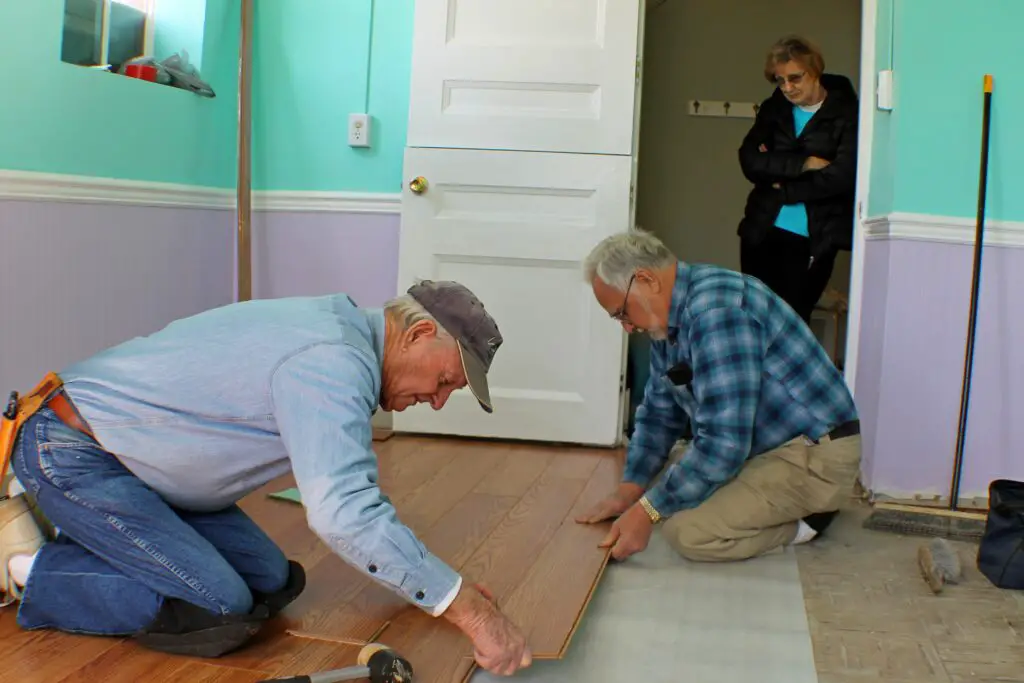
Installing flooring, whether it’s hardwood, tile, or vinyl, can look deceptively simple in a YouTube tutorial, but many DIYers make critical mistakes. If not done correctly, flooring can buckle, shift, or get damaged by improper adhesive. Without the right experience, you could end up with uneven floors that will need to be completely replaced. Poor installation can also affect the appearance of your entire space, leaving gaps between planks or tiles that can be costly to fix.
Each type of flooring requires a different installation technique, and many YouTube tutorials don’t show the nuances involved in handling specific materials. If you attempt to install flooring without fully understanding the steps involved, it can result in a huge mess, leading to costly repairs. Professional flooring installers know how to handle these materials and ensure your floor stays intact for years.
Inaccurate Drywall Repair
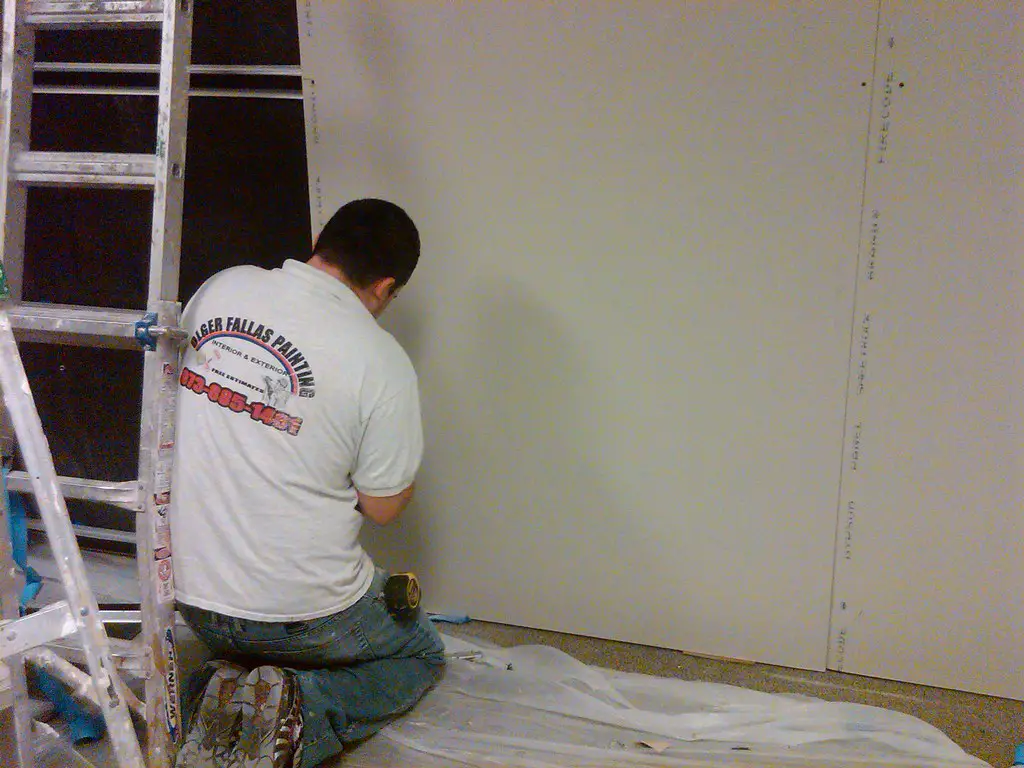
YouTube is full of drywall repair tutorials, but many of them fail to emphasize how delicate and precise the process can be. Improper patching, sanding, or painting can leave you with uneven walls and visible imperfections. DIYers often skip the necessary steps, such as using the right joint compound or sealing the edges, resulting in cracks or gaps after a few months. Even slight mistakes can become more visible over time and might require professional repair to correct.
The process of smoothing and blending repairs is more difficult than it seems, especially when trying to make the repair seamless with the surrounding wall. Without the right tools and experience, drywall repair can lead to a less-than-perfect finish, which is costly and time-consuming to fix. If you aren’t sure what you’re doing, it’s worth calling in a pro to ensure your walls look as good as new.
